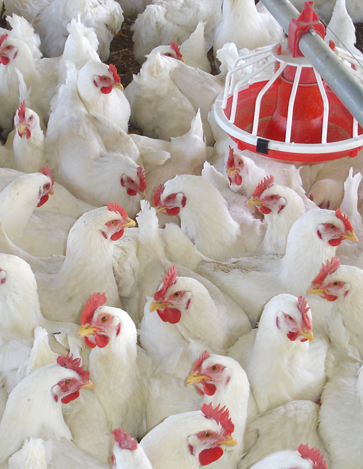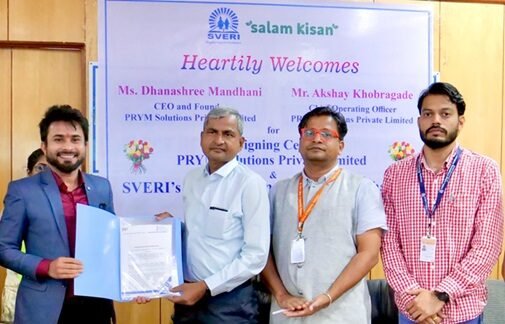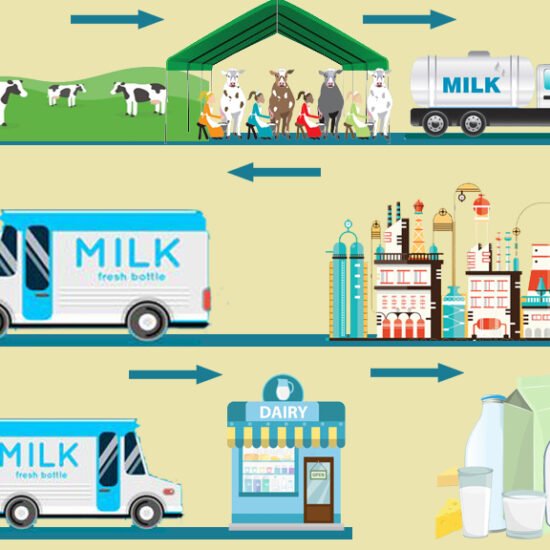
According to the research, agriculture continues to play a significant role in the economy of Odisha, providing a living for more than 60 per cent of the population and employing 49 per cent of the labor force
The most recent report from the Odisha Economic Survey (OES) projects that the state’s agriculture and related industries would expand by 3.3 per cent in 2024–2025, which is comparable to the growth rate for all of India.
It is anticipated that agriculture, cattle, and fisheries will all experience strong growth, demonstrating their increasing significance in propelling agricultural expansion. According to the most recent Odisha Economic Survey report, the livestock sector is anticipated to increase by 6.2 per cent in 2024–2025, while the forestry and fisheries sectors are each expected to rise by 6.7 per cent.
According to the research, agriculture continues to be a vital sector of the Odisha economy, providing a living for more than 60 per cent of the population and employing 49 per cent of the labor force.
In 2024–2025, the industry will account for approximately 18.9 per cent of the state’s gross value added (GVA). It noted that the sector’s projected growth rate for 2024–2025 is 3.3 per cent, which is comparable to the growth rate for the entire country of India.
It is anticipated that agriculture, cattle, and fisheries will all experience strong growth, demonstrating their increasing significance in propelling agricultural expansion.
In 2024–2025, the livestock industry is predicted to increase by 6.2 per cent, while the forestry and fisheries sectors are each predicted to grow by 6.7 per cent. These numbers highlight the necessity of giving livestock and fisheries top priority in order to propel the state’s agricultural growth rate.
Significant structural changes have occurred in agriculture and related industries in recent years, as seen by the strong growth rates of livestock and fisheries, which contribute more to agriculture’s GVA.
In order to boost agriculture growth and farmers’ income, the government has implemented a number of measures, including providing an input subsidy of Rs 800 per quintal for paddy above the MSP of Rs 2,300, direct cash transfer for the purchase of inputs, crop diversification, a dedicated mission for cash crops, comprehensive rice fallow management, and infrastructure development.
In order to support the livestock and fisheries industry and diversify farmers’ income, the government has also implemented extensive initiatives in these areas, such as the Mukhyamantri Kamdhenu Yojana (MKY) and the Mukhyamantri Maschyajibi Kalyan Yojana (MMKY).
These strategic efforts aim to secure the sector’s long-term socioeconomic development in addition to increasing sustainability and productivity. Due to their small holdings and limited marketable surplus, farmers in Odisha continue to have serious concerns about access to an improved market. The government has strengthened marketing infrastructure through a number of initiatives, such as encouraging exports, building cold storage facilities, and updating mandis. By creating a cold storage facility at every subdivision, the government will enable farmers to safely store their product and sell it when the market is at its best, minimizing distressed sales.
The state is aggressively encouraging farmers to switch to high-value crops including oilseeds, pulses, and horticulture goods in order to modernize and diversify agriculture.
According to the OES, in order to lessen the negative effects of climate change and guarantee sustainable productivity, the government is also supporting climate-resilient farming methods, such as the cultivation of millets under the Shree Anna Abhiyan, preserving traditional seed varieties, and encouraging organic agriculture.






